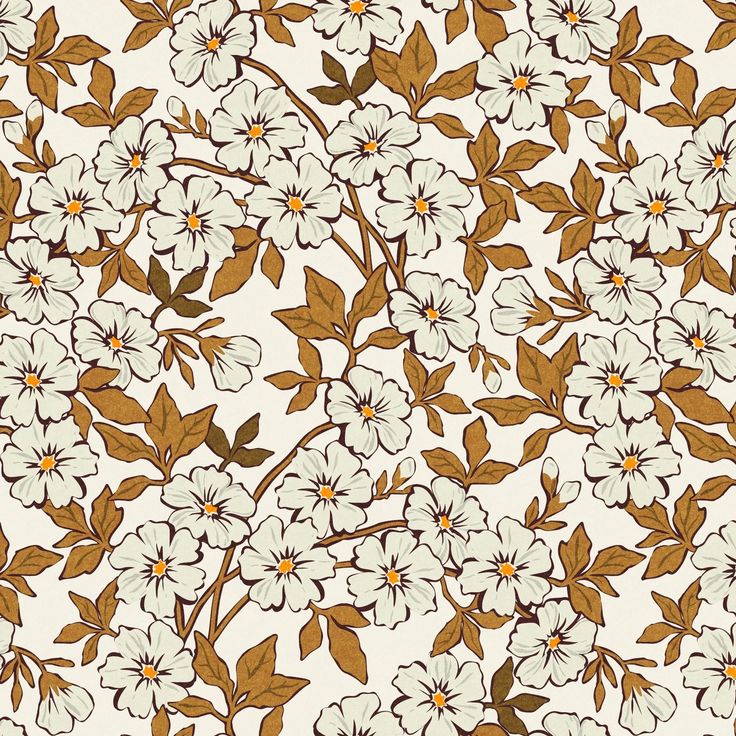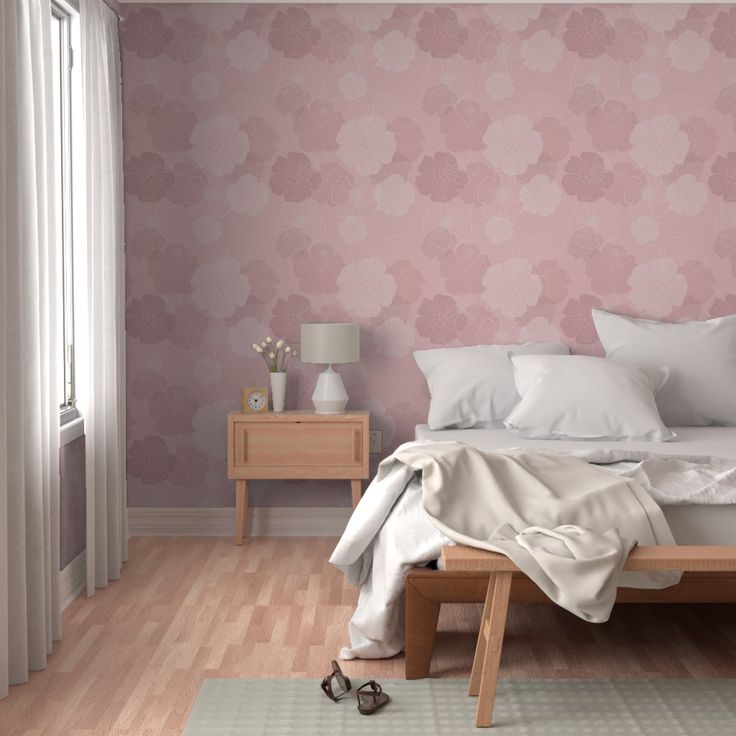The Evolution of Textured Wallpaper
Textured wallpaper has come a long way. In the past, it was a simple way to add dimension to a space. Now, it has evolved into an art form. In the early 2000s, textured wallpaper often mimicked natural materials. This included stone, brick, or wood. Simple embossed patterns were popular. People loved the tactile experience these wallpapers provided.
But today’s textured wallpaper is a level above. Techniques and materials have improved. What started with basic embossing has opened up to a world of possibilities. We now see 3D prints, intricate reliefs, and even wallpapers that interact with light.
With digital printing advancing, custom textured wallpapers have become more common. This allows designers to create deeply personal spaces. The textures available now are vast too. From faux fur to brushed metal, choices match every style and taste.
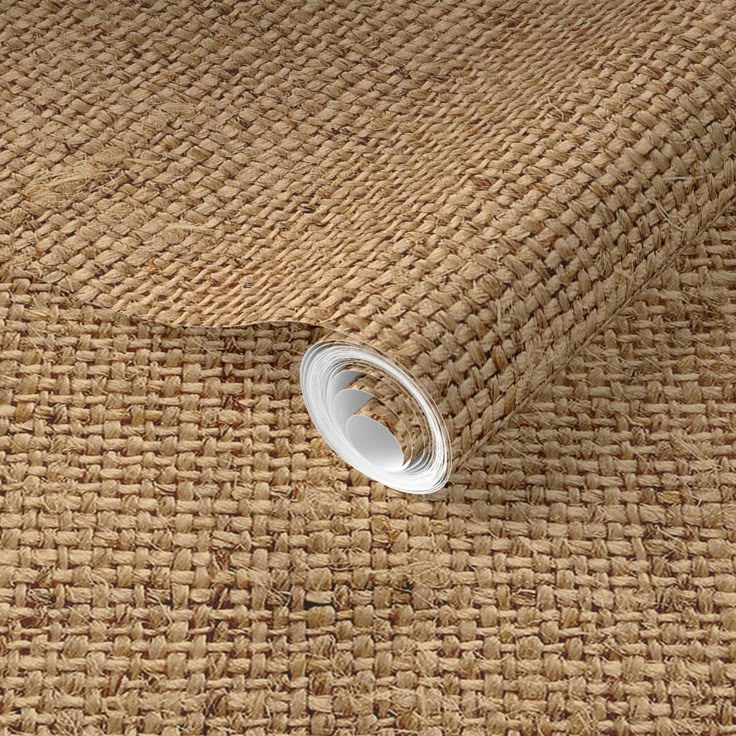
In 2025, textured wallpaper is not just a design element; it’s a statement piece. Homeowners and designers use it to express personality and style. It plays a key role in the ambiance of a room. Whether it’s creating a cozy corner with soft, plush textures or adding edge with industrial concrete textures. Textured wallpaper now offers various ways to enhance interiors.
This evolution has not happened overnight. It’s been driven by changing customer preferences and advancing technology. As we look towards 2025, the pace of change shows no signs of slowing down. Instead, it’s geared towards even more innovative, immersive experiences. Textured wallpaper now goes beyond aesthetics. It’s also about crafting unique environments that resonate on a sensory level.
Emerging Trends in Textured Decorative Wallpaper for 2025
As we look toward 2025, textured wallpaper is poised to embrace a variety of fresh and innovative trends. These trends reflect evolving consumer preferences, technological advancements, and a renewed focus on sustainability.
Eco-Conscious Designs
Eco-conscious designs are at the forefront of the textured wallpaper trend. Consumers increasingly seek wallpapers that incorporate recycled materials. Choices like bamboo fibers and reclaimed woods are gaining popularity. These sustainable options appeal to environmentally aware individuals. They align with a broader movement towards greener living. As a result, textured wallpaper helps reduce environmental impact while enhancing interior spaces.
Integration of Smart Technology
Another exciting trend is the integration of smart technology into wallpaper design. Imagine a wall that can change texture with a simple voice command. Interactive wallpapers might even feature ambient lighting to set the mood. This technology transforms how we interact with our living spaces. Homes become dynamic environments that adapt to our needs and preferences. The convenience and innovation of smart wallpapers are reshaping interior design.
Bold Patterns and Soft Pastels
In terms of aesthetic preferences, there is a noticeable shift towards bold geometric patterns. Paired with soft pastel colors, these combinations provide a modern twist on classic textures. This trend bridges the gap between traditional and contemporary styles. Homeowners can easily incorporate playful, eye-catching designs into their décor. The mix of vibrancy and subtlety adds depth to living spaces.
Artisanal and Handcrafted Wallpapers
Artisanal and handcrafted wallpapers are making a robust comeback. These unique pieces offer a personal touch that mass-produced items lack. Homeowners appreciate the individuality and authenticity of bespoke designs. This trend reflects a growing desire for personalization in interior design. Craftsmanship in wallpaper design aligns with the broader bespoke trends across various home décor sectors.
Acoustic Benefits
The practical use of texture to improve sound quality is a significant development. Modern wallpapers are being designed with acoustic benefits in mind. These textured options enhance the acoustics of rooms, making them more enjoyable to inhabit. The focus on multipurpose wallpaper shows that design can be both beautiful and functional. Sound quality becomes an important consideration in interior design choices.
These emerging trends signal a shift toward textured wallpapers that are visually striking, functional, and personalized. As we approach 2025, textured wallpaper will redefine our living spaces in exciting new ways. With eco-conscious materials, smart technology, and a focus on individual expression, the future of textured wallpaper looks promising and innovative. The evolving landscape of interior design makes it an even more integral aspect of home decor.
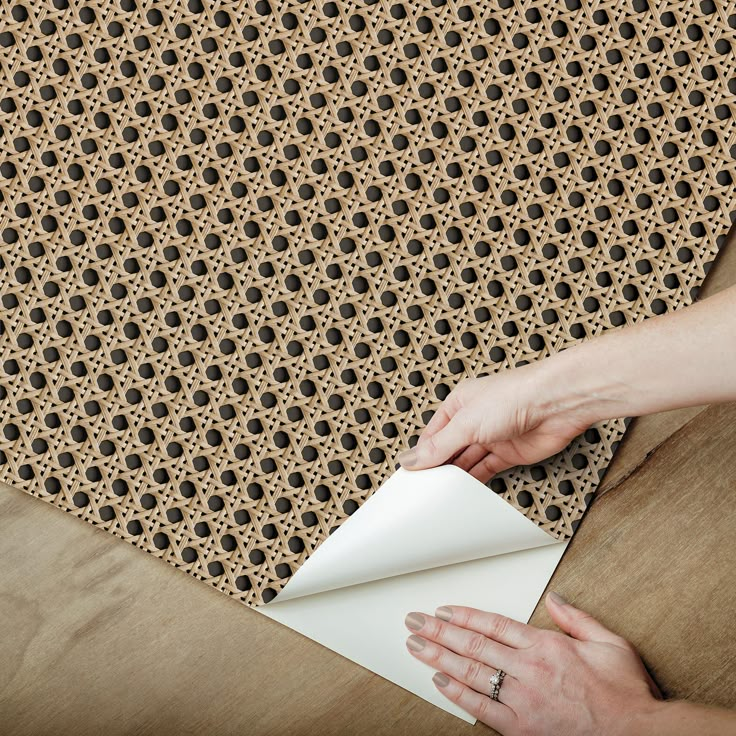
Textured Wall Covering and Interior Design Integration
The integration of textured wallpaper into interior design has taken center stage in 2025. Designers and homeowners alike are embracing textured wallpaper as a versatile tool. It serves not only as decor but also as a way to define spaces within homes and commercial settings. Here’s how textured wallpaper is making an impact in interior design:
- Accent Walls: Creating an accent wall with textured wallpaper is a popular choice. It adds depth and interest to a room without overwhelming the space with patterns.
- Complementary Textures: Textured wallpaper pairs well with other interior elements. Soft fabrics or sleek furniture find balance against the wallpaper’s tactile surface.
- Color Schemes: The textures add a visual layer to color schemes. They enhance light and shadow play within a room, making colors come alive.
- Room Dynamics: The strategic use of textured wallpaper can alter the perceived dimensions of a room. It can make a small space seem larger or a large room feel cozier.
- Themes and Stories: Wallpaper textures can help tell a visual story or reinforce a design theme. Think of a seaside villa using sandy textures or a modern loft with concrete effects.
Textured wallpaper’s versatility makes it invaluable for interior design. Designers create unique atmospheres for every client. The options for incorporating textured wallpaper continue to grow, offering endless possibilities for personalization and innovation. The key is to strike a balance between visual appeal and the overall feel of the space. This results in interior designs that are both striking and harmonious.
The Role of Technology in Textured Wallpaper Production
Innovations in technology have greatly impacted textured wallpaper production by 2025. Advanced digital printing is a major driver. It allows for high-quality images on textured surfaces. Printers can now embed designs into the texture itself, giving a 3D effect.
Laser cutting technology is used for precision. This technology enables the creation of complex, intricate patterns. It cuts fine details into wallpaper that hands can’t match. Wallpaper now has sharper, more detailed textures.
Another technology is the use of smart materials. They adapt to environmental changes. Some wallpapers can change color with temperature or light. This adds a dynamic element to interior design.
Automation plays a big role too. It speeds up production and keeps costs down. Machines apply textures consistently. This ensures every roll of wallpaper is uniform in quality.
3D modeling software helps in design. Designers can see their concepts in virtual rooms before production. They can tweak designs for the best textural impact.
Lastly, augmented reality (AR) apps assist customers. They preview how textures will look in their spaces. This technology is a game-changer for customer engagement.
The use of technology in producing textured wallpaper is shaping the future. It enables better design, efficiency, and user experience. The possibilities for what can be achieved are ever-expanding. Consumers benefit from a wider range of options and immersive design experiences.
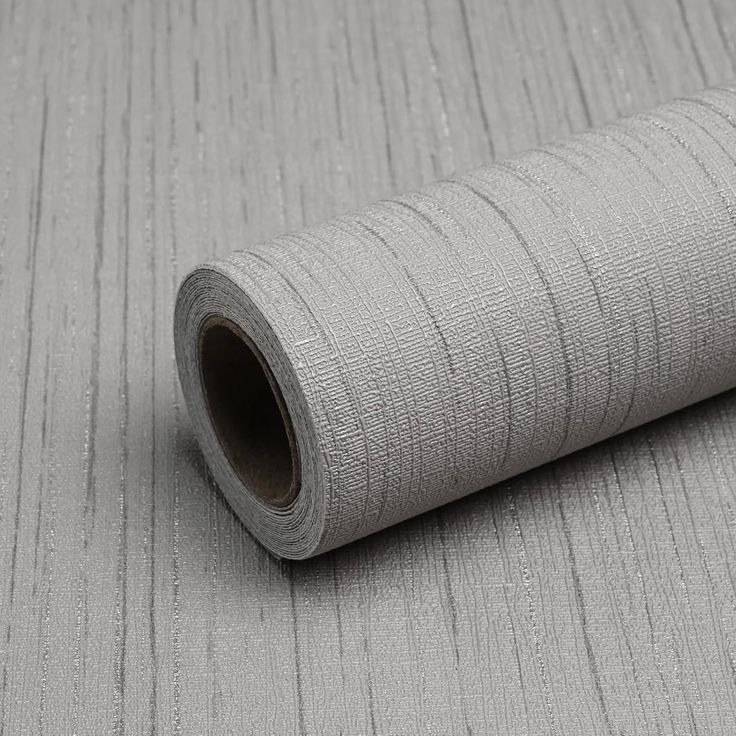
Sustainable Practices in Textured Wall Covering Manufacturing
Sustainable manufacturing is crucial for textured wallpaper production by 2025. Eco-friendly methods have transitioned from being optional to essential. Manufacturers now prioritize the use of recycled materials in their products. This includes incorporating post-consumer paper and plastic waste to reduce landfill burdens. By focusing on recycling, the industry aims to cut down resource use and lessen environmental impact.
Use of Natural Inks
An important aspect of sustainable wallpaper production is the use of natural inks. These inks are typically plant-based and less harmful to the environment. In contrast, standard chemical inks are being phased out. Eco-friendly alternatives that do not release volatile organic compounds (VOCs) are now common. This transition is vital for maintaining indoor air quality and minimizing harmful emissions during production.
Renewable Energy Sources
Another significant trend involves utilizing renewable energy sources. Factories are increasingly harnessing solar and wind power for their operations. This shift not only reduces reliance on fossil fuels but also significantly cuts carbon emissions. By using renewable energy, manufacturers lower the carbon footprint associated with wallpaper production. This commitment to clean energy reflects a broader industry trend towards sustainability.
Water Conservation Efforts
Water conservation efforts are also becoming more prominent in the manufacturing process. New technologies are enabling factories to recycle water used during production. This practice conserves fresh water, lessening the amount drawn from natural reserves. Additionally, recycling water helps ensure that less wastewater is expelled into the environment. By prioritizing water conservation, manufacturers demonstrate their commitment to responsible resource management.
Efficient Logistics
Optimizing logistics has emerged as a focus area within the industry. By streamlining shipping processes, manufacturers can significantly reduce fuel consumption. This effort helps minimize the ecological impact associated with transportation. Increased efficiency in logistics contributes to a deeper commitment to sustainability throughout the supply chain.
Consumer Demand and Market Response
Sustainable practices in wallpaper manufacturing have become a strong selling point. Today’s customers are more aware and supportive of eco-friendly products. As a result, they actively seek out environmentally responsible wallpapers. Manufacturers and brands that prioritize sustainability are gaining market share. This trend highlights that consumers are driving the demand for sustainable textured wallpaper higher.
In summary, the textured wallpaper industry in 2025 has made a clear shift toward sustainability. This commitment encompasses not just materials but also the entire manufacturing process. Producers strive for a greener footprint, supporting a healthier planet. The positive response from consumers reinforces the industry’s movement toward sustainable practices, driving demand for eco-friendly products even further.
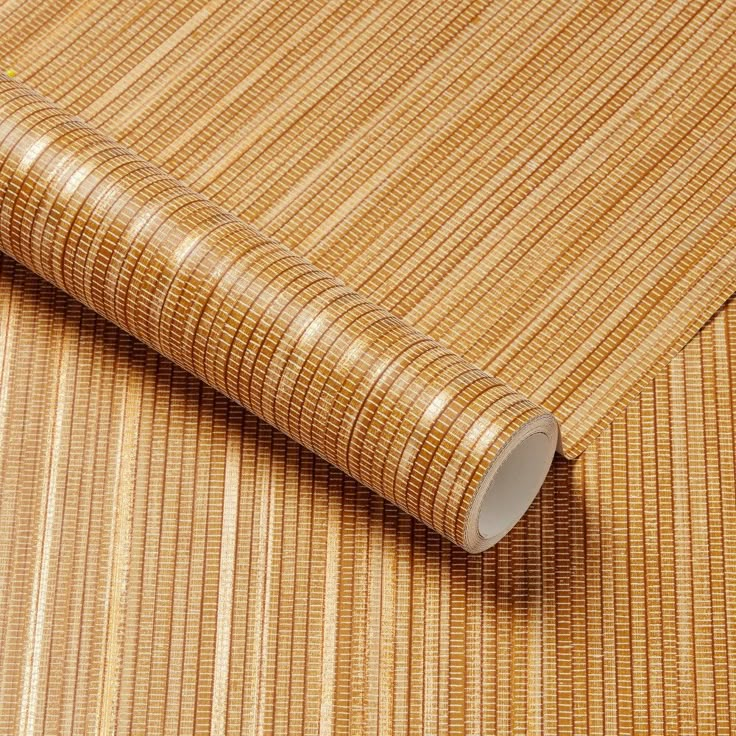
Textured Wallpaper Installation Techniques
Installing textured wallpaper successfully needs careful preparation and execution. Today, let’s look at the techniques that ensure a flawless finish.
- Surface Preparation: Start with a clean, smooth wall. Remove old wallpaper, fill holes, and sand uneven areas. Proper prep helps texture stand out.
- Measuring and Cutting: Measure walls accurately. Cut strips allowing extra for pattern matching. Exact cuts make for seamless joins.
- Adhesive Application: Use the right adhesive. Some textures need special glues. Apply evenly to avoid bubbles under the surface.
- Alignment and Smoothing: Align the first strip perfectly. Smooth outwards from the center to edges to fix the wallpaper flat.
- Seam Treatment: Ensure edges meet tightly. Use a seam roller for a crisp join. Seamless looking walls enhance texture effects.
- Trimming and Cleaning: Trim excess at ceilings and baseboards with a sharp blade. Clean any adhesive spills immediately to avoid marks.
These techniques are vital for a professional-quality finish. Homeowners and professionals can achieve great results with patience and attention to detail. Textured wallpaper makes an impact when installed correctly. The beauty of the textures really comes through without the distraction of installation flaws.
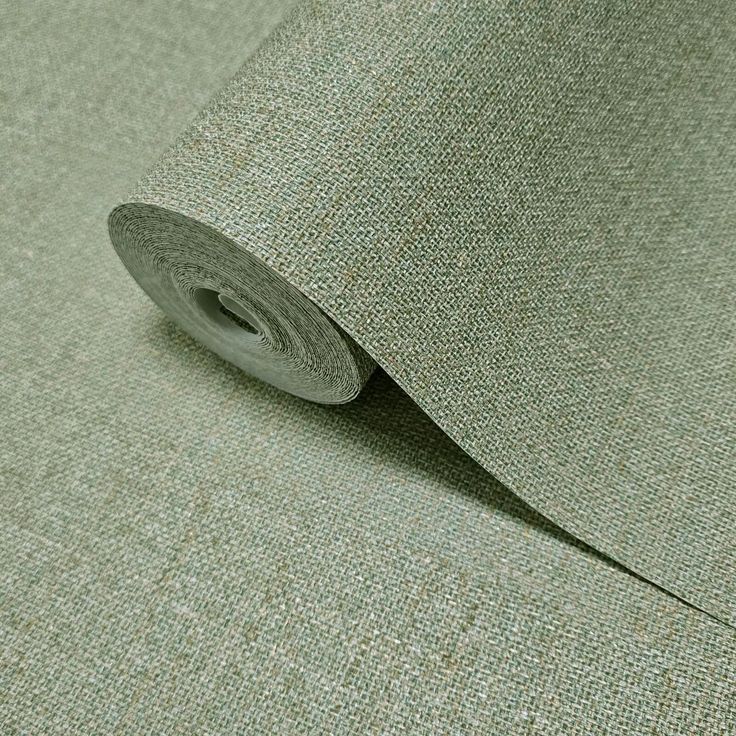
Top Textured Wall Covering Designers to Watch in 2025
As the textured wallpaper scene grows, some designers stand out in 2025. They drive the industry with innovation and creativity. Here are the top designers making waves with their fresh takes on textured wallpaper.
- Ava Design Studio: Known for eco-friendly creations, Ava Design Studio leads with sustainable wallpapers. They blend natural materials and digital tech for cutting-edge designs.
- Bloom Artisan Wallpapers: This studio brings back the handcrafted touch. Their lush, tactile papers are a hit for their uniqueness and quality.
- Crystal Hues: Crystal Hues makes walls come alive with their light-reactive textures. They merge art and technology for dynamic effects.
- EcoPrint Innovations: With a focus on low environmental impact, EcoPrint uses recycled materials and organic inks in their products.
- Form & Function Walls: This designer fuses style with practicality. Their sound-absorbing textured wallpapers are both beautiful and functional.
- Geometrix Design: Bold geometric patterns with a modern twist define Geometrix. Their wallpapers are statement pieces in any interior.
- Luxe Layers: For a touch of elegance, Luxe Layers offers metallic and velvet textures. They are perfect for creating a sophisticated ambiance.
- Nature’s Emboss: Nature’s Emboss specializes in organic textures. They use bamboo, cork, and stone to bring the outdoors inside.
- TechWall Concepts: TechWall is a pioneer in interactive wallpapers. They combine smart technology with design for walls that respond to their environment.
These designers are redefining what it means to use textured wallpaper. With their forward-thinking approaches, they are setting trends that will shape the years to come. Keep an eye on them for the latest in wall fashion and innovative design solutions.
